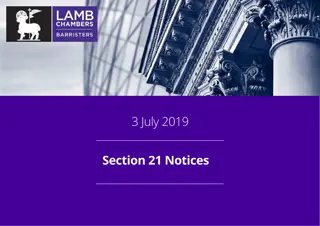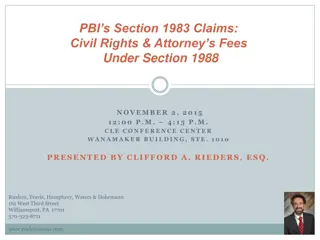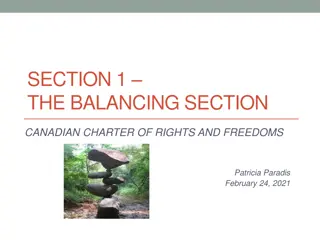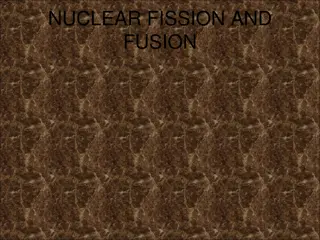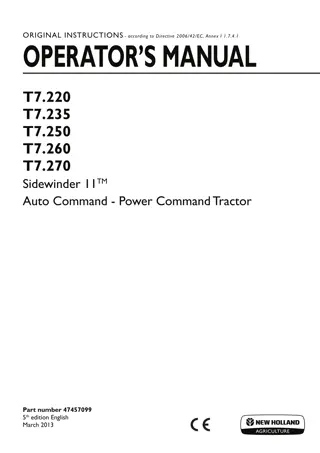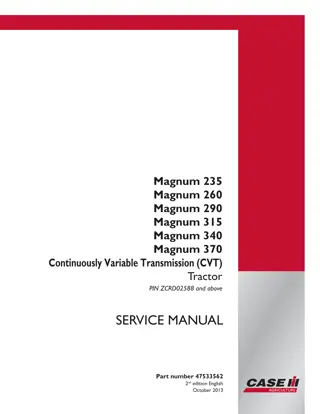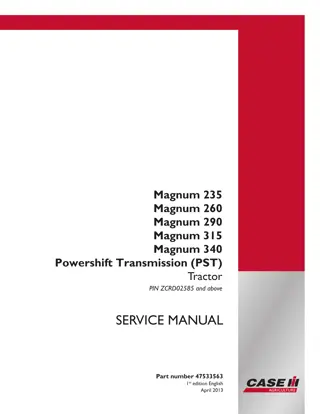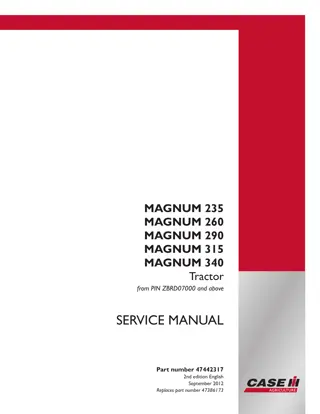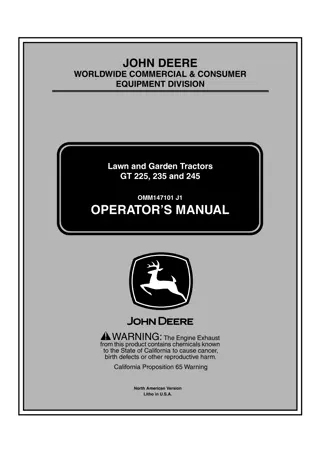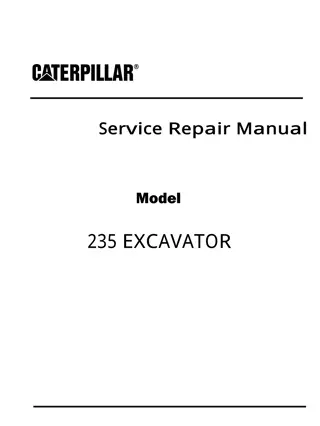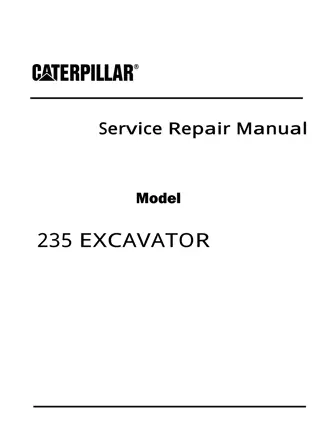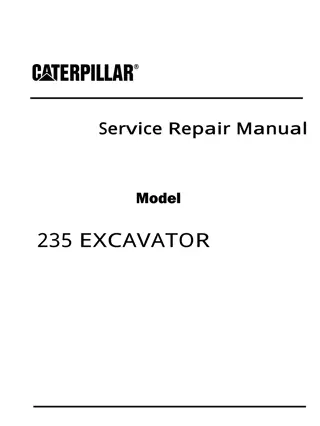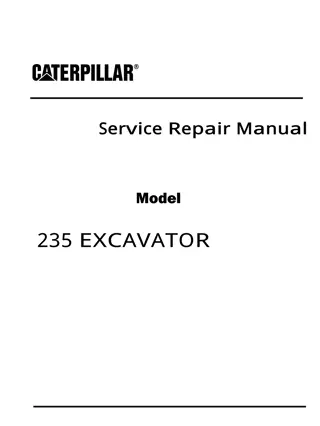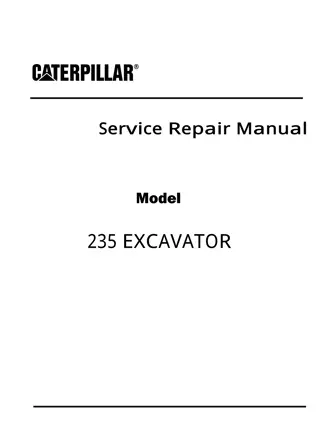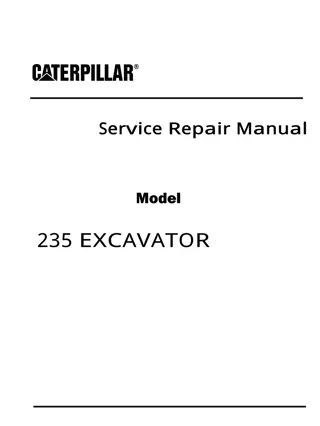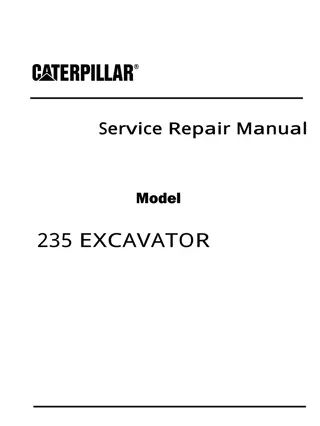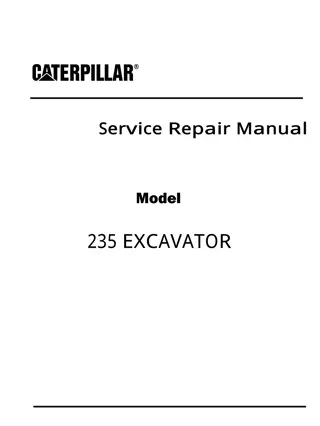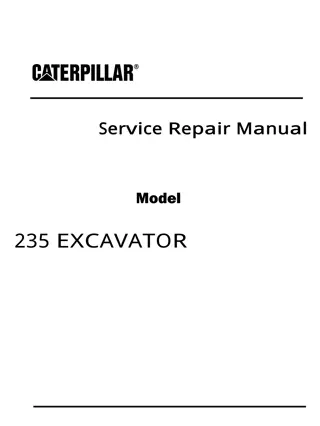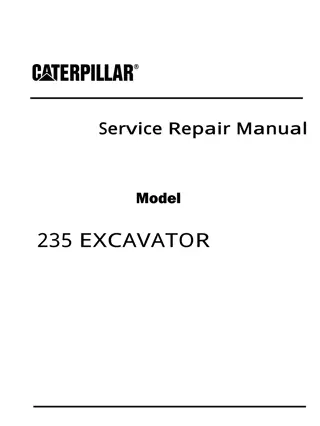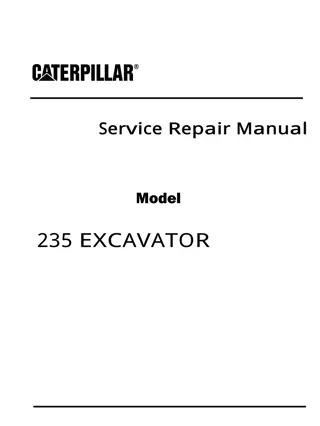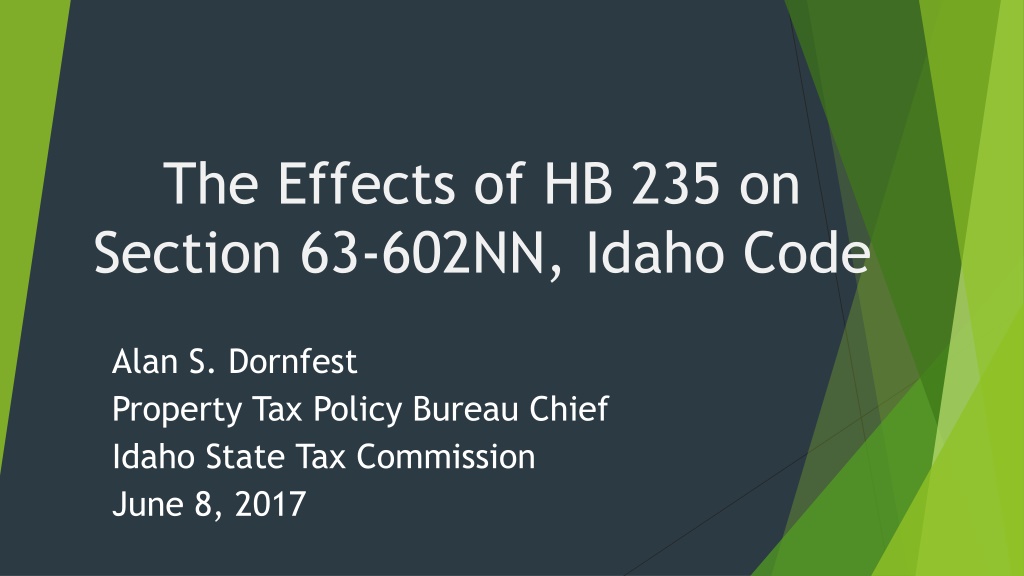
Effects of HB 235 on Idaho Property Tax Exemptions
Explore the impact of HB 235 on Section 63-602NN of the Idaho Code, focusing on property tax exemptions and the provisions of the new law. Learn about the eligibility criteria, application process, limitations, and considerations for granting exemptions in 2017 and beyond.
Download Presentation

Please find below an Image/Link to download the presentation.
The content on the website is provided AS IS for your information and personal use only. It may not be sold, licensed, or shared on other websites without obtaining consent from the author. If you encounter any issues during the download, it is possible that the publisher has removed the file from their server.
You are allowed to download the files provided on this website for personal or commercial use, subject to the condition that they are used lawfully. All files are the property of their respective owners.
The content on the website is provided AS IS for your information and personal use only. It may not be sold, licensed, or shared on other websites without obtaining consent from the author.
E N D
Presentation Transcript
The Effects of HB 235 on Section 63-602NN, Idaho Code Alan S. Dornfest Property Tax Policy Bureau Chief Idaho State Tax Commission June 8, 2017
Major Provisions of 63-602NN Up to five year exemption from property taxes Requires investment during identified project period In defined project Discretionary on part of county commissioners Meeting qualifications does not guarantee exemption Requires certain uses (ie: was manufacturing; new law expands to non-retail) Land does not qualify and purchase cannot be included in meeting investment criteria 2
General Provisions New Law v. Existing Law Provision Existing Law Maximum length exemption 5 years Investment threshold $3,000,000 New Law 5 years Not less than $500,000 (discretion of county commissioners, but by ordinance) By April 15 2018 and future, not to exceed 5 years Application In effect By April 15 If already granted, for duration of agreement, not to exceed 5 years Generally manufacturing Land, existing buildings (except for improvements to existing buildings) Type of property eligible Ineligible property Non-Retail Land, base value of existing buildings or personal property 3
Issues and Considerations What can be granted for tax year 2017? Pre-existing ongoing exemptions under agreements under current (prior) law Exemption from occupancy tax under new law Could apply to newly occupied real property buildings, but not personal property or land There would be no base year assessment Would be in the form of a tax cancellation Why can t new law provisions apply to property tax in 2017? IC 63-602 limits application period to end at April 15; this precedes existence of new law 4
Issues and Considerations What can be considered eligible for the exemption as non-retail? Any commercial or industrial plant Commercial or industrial personal property Owned or leased by taxpayer applying for exemption Multi-family residential developments provided they consist of more than four units in any building 5
Exemption v. Tax Cancellation 63-602 NN provides an exemption, not a tax cancellation Exemptions apply to value of property Exemptions may shift taxes to non-exempt property (assuming the property to which the exemption applies would have existed and been taxable) Taxing District $ Budget (property tax) before exemption ($) Taxable value Tax Levy if no exemption (%) Tax Levy if $5,000,000 exemption granted (%) 0.202% ABC Fire District 1,000,000 500,000,000 0.2% Taxes on a property valued at $200,000 would increase from $400 to $404 The Fire district would get the same amount of money 6
Effect of Exemption on Property Tax Budget Capacity of Taxing Districts - Limitations Limits Effects Comments 3% annual growth None Unless levy rate limit hit New construction component Not granted Eligible portion will be included when exemption is lost; Value included will be amount exempted, excluding inflation and ineligible property (eg: personal property) Not granted If exempt property is annexed during exemption period, no annexation value then or later No effect on capacity Annexation Levy rate limits Could lower actual amount that can be levied 7
Property within project site Site must be identified in written plan presented to county commissioners Plan must outline investment For multi-year projects, exemption limited to five years for any given property Phase 1 exemption granted for 2018 - 2022 Phase 2 exemption granted for 2019 - 2023 8
Issues and Considerations Can the exemption apply to land and existing buildings and personal property? Never to land Never to site improvements which are valued as part of land value and not separately valued as improvements Streets, utilities, grading, etc. Site improvements can still be eligible for the site improvement exemption in Section 63-602W(4), Idaho Code Existing buildings and personal property can qualify but only to the extent current value at the time the exemption is granted exceeds base value the value of the building or personal property in the year immediately preceding the first tax year for which the exemption is granted 9
Issues and Considerations How is the minimum investment threshold (at least $500,000) set? By county ordinance on or after July 1, 2017 Once in place, amount(s) set must remain in place: For the remainder of the tax year For the remainder of the period of any agreement with any specific property owner STC does not believe the law restricts the number of different thresholds that can be set By type of development or property By geographic area within the county There is no upper limit, so the threshold can exceed $3 million at the county s discretion Meeting the threshold does not mean the exemption must be granted 10
Base Year Example Company buys existing building in May, 2017; assessed value that year is $1,000,000 prior to investment or purchase; county ordinance sets threshold at $900,000. There are multiple investments on this project all covered in this same plan. Tax Year 2017 Action (investment) $2,000,000 Assessed value ($) 1,000,000 Maximum exemption ($) 0 Comments Investment too late in 2017 and did not affect 2017 assessed value 2017 Investment amount exceeds threshold; Some of the investment did not contribute to value 2018 additional investment added to value 11 2018 $ 800,000 2,500,000 1,500,000 2019 $ 0 3,300,000 2,300,000
Tear Down and Replacement Example A company buys and existing facility: Land: $3 million value Building: $1 million value The investment in the building exceeds the county threshold This investment qualifies toward the threshold, but the base value of the property purchased cannot be part of the exemption The building is immediately torn down and the company invests $10 million in a new building this is the value of the new building at completion Maximum exemption: $9 million $10 million value minus $1 million value of original building 12
Investment May Not Equal Value A company invests $1,000,000 in a building (excluding land) this exceeds the established threshold in the county The base value of the building is $100,000 The exemption is to be the maximum permitted There is no additional investment during project period Year Building Assessed Value (prior to exemption) ($) 100,000 Exemption ($) Assessed Value (after exemption) ($) 100,000 0 (prior to investment) 1 2 3 NA 1,500,000 1,200,000 4,000,000 1,400,000 1,100,000 3,900,000 100,000 100,000 100,000 13
Investments over Time Assume the investment threshold for qualifying is $2 million The company provides a plan under which they will invest $500,000 per year in new plant and equipment for six years They will reach the threshold in four years The law is unclear on whether they can be given the exemption on qualifying property prior to meeting the threshold STC has no position on this issue $ $ $ $ $ 14
Reporting and STC Role IC 63-602NN provides for a discretionary exemption county commissioners decide Exemption can only be granted for locally assessed property not operating property which is assessed by the STC Statute and rules contain certain restrictions Exemption may only be for amount exceeding base year assessed value Land not includable Retail property not includable Exemption is for value it is not a tax cancellation Must be reported on abstract by category of property Abstract to be submitted to STC Property must be clearly identified Personal property should be specified by type and date of purchase 15
STC Administrative Rules Rule 631 Temporary rules Adopted June 7 In effect beginning July 1 Expire at end of next legislative session Permanent rules Negotiated rule-making process underway Notice in Administrative Bulletin June 7 Will be discussed during June 19 rules committee meeting in Boise Proposed rule must be completed for publication by August 16
Additional Questions and Issues Can multi-use, part retail, part other commercial properties qualify? The commercial portions clearly could qualify What if there is a new, desirable project that doesn t meet the investment threshold set by ordinance? The statement of legislative intent, indicated that commissioners could: annually establish a higher threshold. STC rules follow this principle. What if a project overlaps county lines and there are two different qualifying investment thresholds? The exemption can only be granted for the portion of the project in the county in which the qualifications are met. 17

